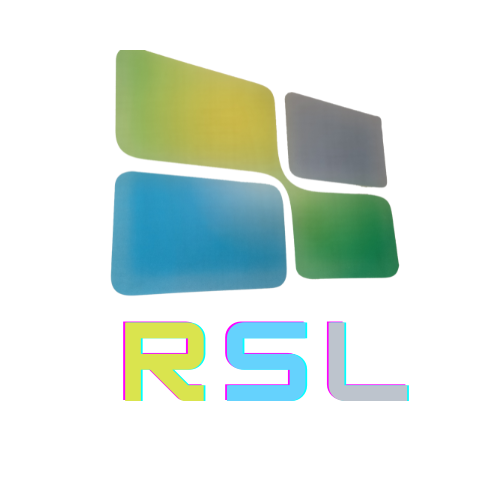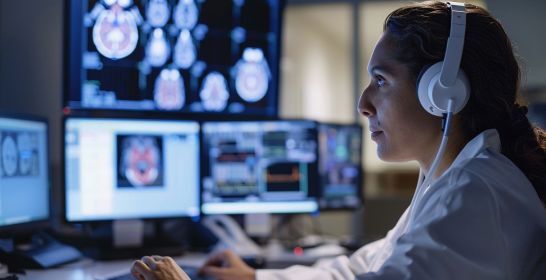Basic Multimodal AI
Laying the Foundation for Multi-Source Intelligence. This stage introduces the building blocks of multimodal learning, focusing on data integration and basic model architecture.
Data Collection & Preprocessing
Collect and clean diverse datasets: text (captions), images, videos, and audio
Sync data across modalities for aligned training
Normalize formats and annotate where necessary
Feature Extraction for Different Modalities
Text: Tokenization and embedding (e.g., Word2Vec, BERT)
Images: CNN-based feature maps (e.g., ResNet, EfficientNet)
Audio: Spectrograms, MFCC features, or raw waveform analysis
Video: Frame sampling + temporal features
Early Fusion vs. Late Fusion
Early Fusion: Combine features from all modalities before feeding into the model
Late Fusion: Each modality is processed separately and combined at the decision level
Basic Models for Multimodal Learning
Simple neural networks that combine text and image inputs
Use cases: image captioning, visual question answering (VQA), emotion recognition from speech and text


